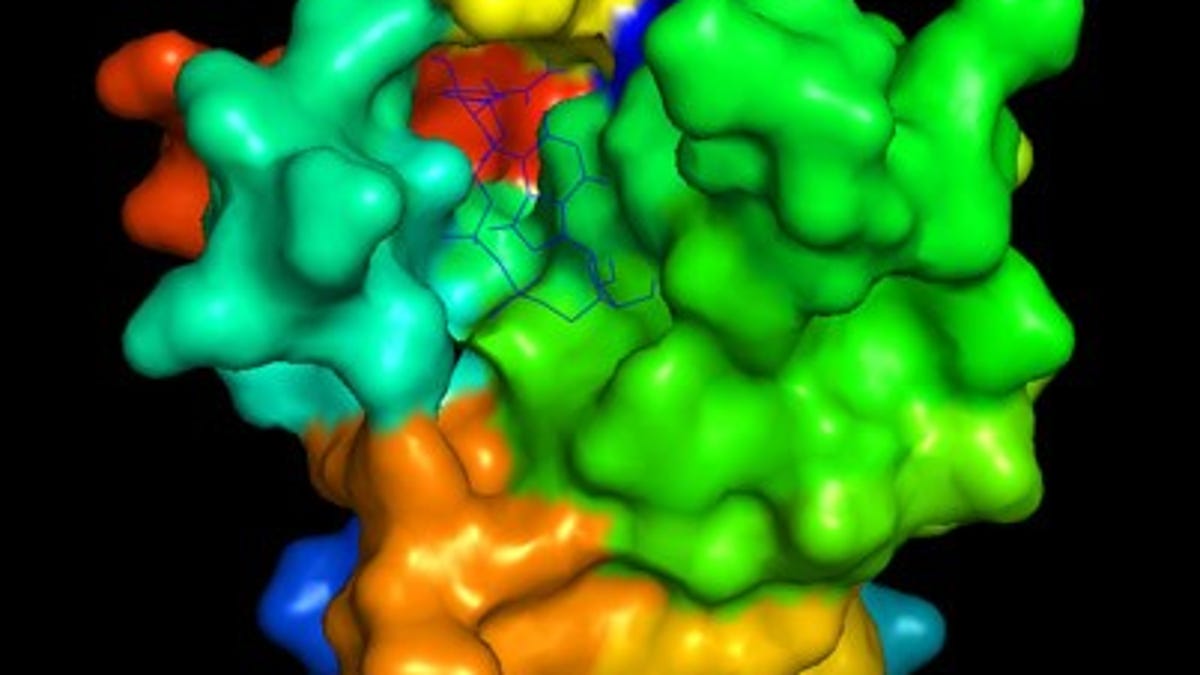Discovery could reverse aging and help us live on Mars
The breakthrough, which relates to how our cells repair damaged DNA, could lead to an antiaging pill. After successful treatments in mice, humans are next.

An illustration of the bonds between different molecules inside a cell.
Researchers have made a breakthrough that could lead to antiaging drugs, help astronauts survive trips to Mars and just make humans more resilient in general. Oh, is that all?
Scientists from Harvard Medical School and the University of New South Wales in Australia have discovered a critical step in the process that allows the cells in our bodies to repair their damaged DNA.
Your cells' DNA takes a beating more often than you might think -- every time you go out in the sun, for instance. Fortunately, cells also have the capability to fix up their DNA, but that ability declines as we age for reasons that aren't yet fully understood.
The team's findings will be published in the Friday issue of the journal Science and outline the previously unknown role a molecule found in all living cells called NAD+ (the oxidized form of Nicotinamide adenine dinucleotide) plays in DNA repair.
When researchers treated young mice and older mice with a NAD+ "booster" called Nicotinamide mononucleotide (NMN) it improved the animals' ability to repair DNA damaged by exposure to radiation or old age.
"The cells of the old mice were indistinguishable from the young mice, after just one week of treatment," professor David Sinclair of UNSW and Harvard Medical School said in a statement. Sinclair is the lead author of the paper.
The breakthrough has also generated significant interest from NASA as a way to deal with the major doses of radiation astronauts receive in space, and especially on planned multi-year missions to Mars. A trip to the Red Planet could kill 5 percent of astronauts' cells and nearly guarantee they'd develop cancer.
The scientists caution that mice and humans don't always react identically to treatments. Human trials of NMN are expected to begin within six months. If the results are similar, it could lead to an antiaging pill and therapies that counteract the destructive side effects of chemotherapy in cancer patients.
"This is the closest we are to a safe and effective antiaging drug that's perhaps only three to five years away from being on the market if the trials go well," says Sinclair.
Solving for XX: The industry seeks to overcome outdated ideas about "women in tech."
Crowd Control: A crowdsourced science fiction novel written by CNET readers.

